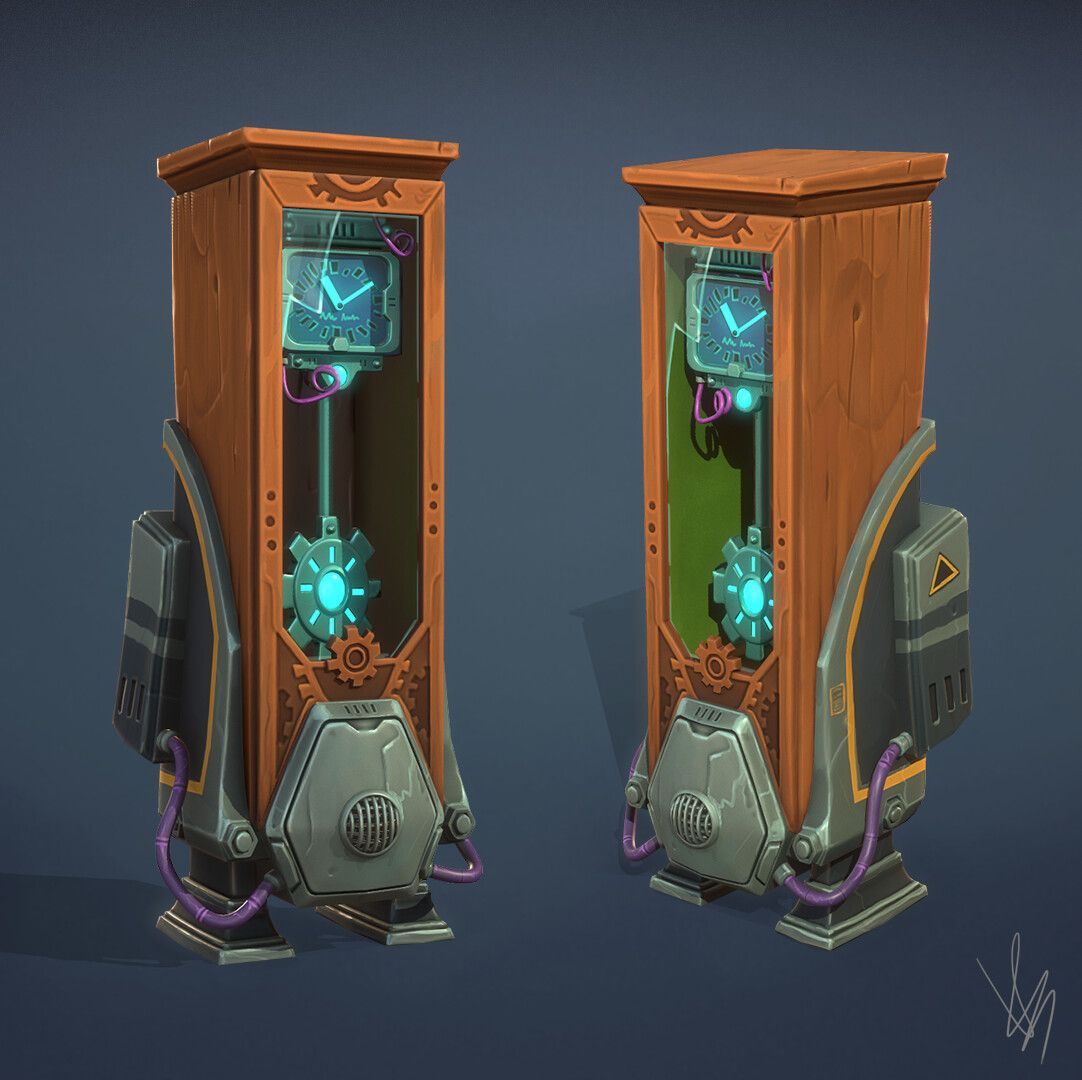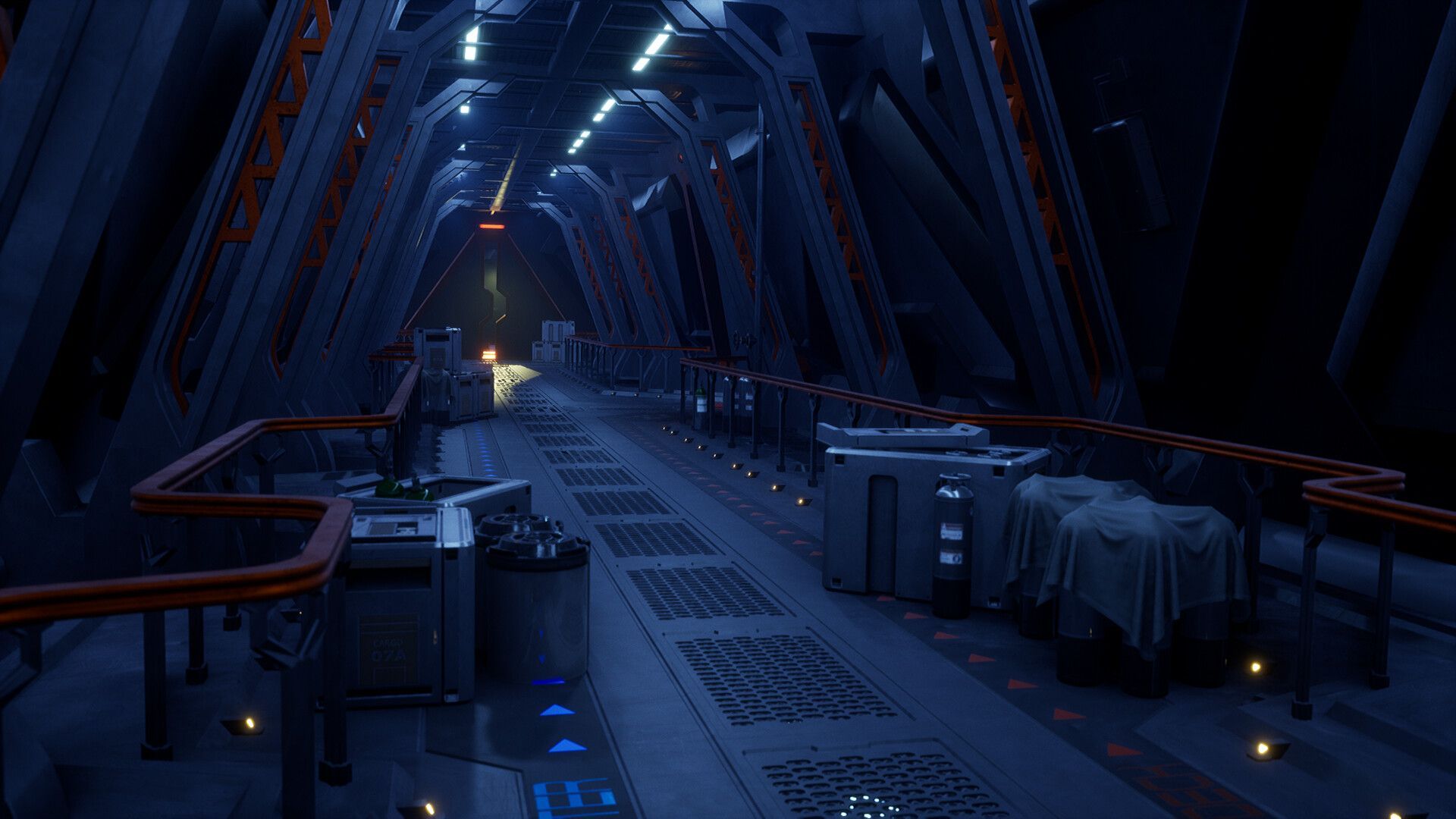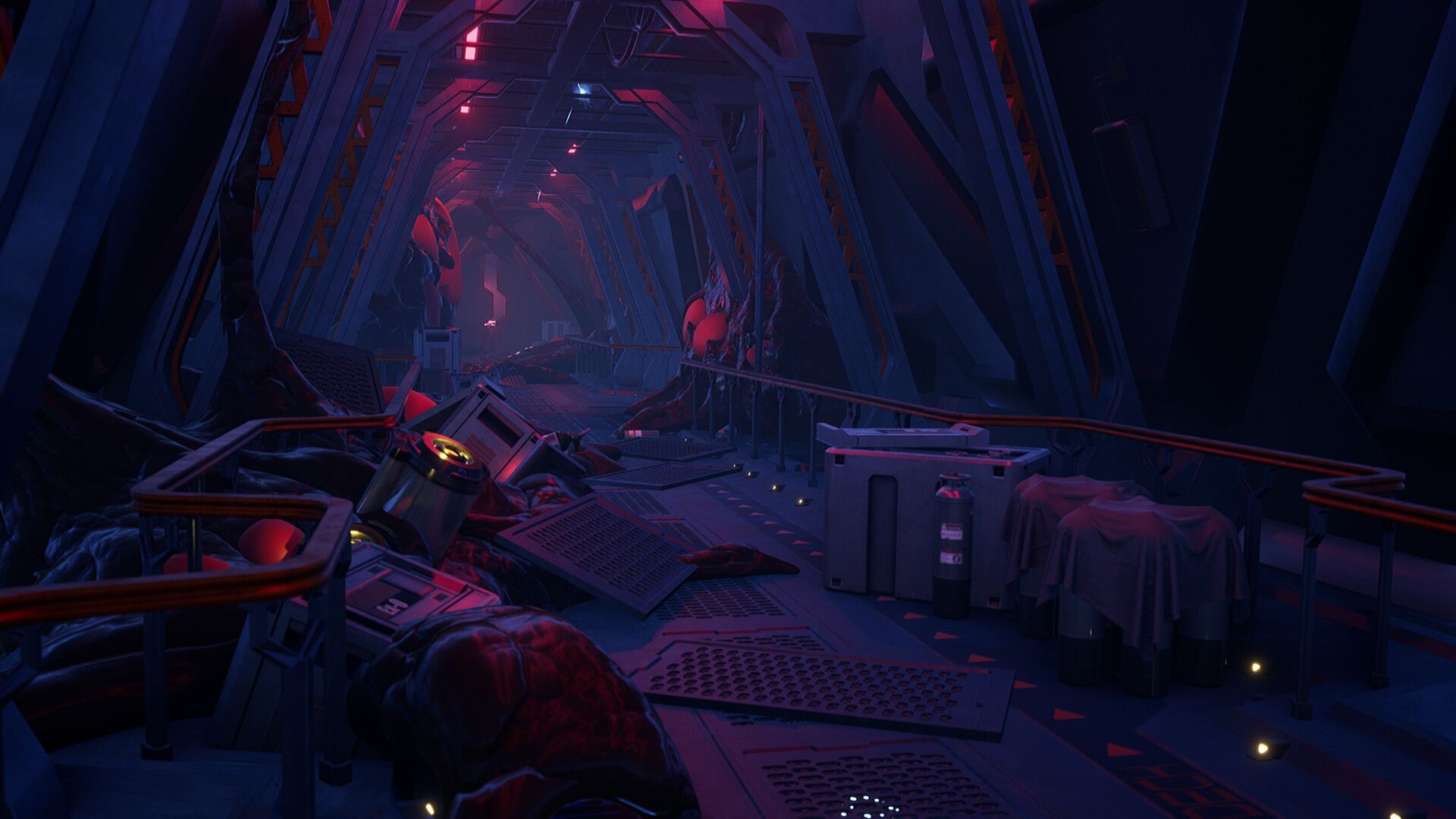
The Journey of a 3D Environment Artist: An Interview with Vincent Barbe
If you are interested in pursuing a career in 3D Environment Art, Vincent's story is an inspiring read.
Vincent Barbe's journey as a 3D Environment Artist is one of passion, hard work, and dedication. In this blog, he shares his experiences working in the video game industry, how he got his first big break after graduating from Artside School, and his journey to becoming a 3D Environment Artist at Wonderstorm. Vincent also describes his typical day, the tools and software he uses on a daily basis, and his workflow. If you are interested in pursuing a career in 3D Environment Art, Vincent's story is an inspiring read.
My current role is 3D Environment Artist at Wonderstorm. I produce the environments for our games which includes Props, Textures, Level Art and even a few animations for some props.
I have loved video games since I was young, so everything related to games really interested me. I was also so fascinated by animation movies from Pixar and Dreamworks, so I went to a school to study animation and there I discovered my passion of making video games. I changed my focus thereafter, from 3D animation to 3D environment for games.

Mainly right after my studies at Artside School. I posted my final project on social media and it got a lot of attention, which resulted in several job offers.
I first wanted to make characters, but not long after starting to Artside, my instructors suggested I explore the 3D Environment course as my environments were way better than my characters, and they were right! I absolutely loved working on environments! And from that point, my journey into 3D Environment artistry was set.
I chose to study at Artside because I was looking to improve my 3D skills. Although I studied 3D previously, it wasn’t enough for me. A classmate told me about Artside. I knew of a few teachers, and I knew they were very talented. The modules looked interesting and so I took the leap. It turns out that the modules were very interesting indeed!
It helped me a lot to improve my 3D skills.
At Artside I learned different pipelines that are currently used in the video games industry and I also learned a lot on the most used softwares.
Also, when we worked on projects, it wasn’t just the theoretical learning of some softwares, we learned specific features and understood these things deeply. We also had reviews everyday of our work (just like at work!)
So for me it was really nice to learn like that, with more of a “professional approach”.

Well, a typical day for me is waking up in the morning, taking a breakfast (it’s the most important meal of the day!), and a shower, before working.
Since I don’t have the same timezone as most of my team, I check if there is any feedback. I also do this at the end of the day, as the rest of the team will be working a this time too.
I work on my tasks, take few break during the day to take a breath, go for a walk, change my mind, etc… It's very important so that when I jump back to work I have clean and fresh ideas.
Of course, I don’t hesitate to poke my team if I have any issues. At the end of my work day I send some screenshots or videos of the day's work, ask for feedback, give some too, and discuss with the team.
On a daily basis I use Blender and ZBrush. I am also currently Unreal Engine, Adobe Substance 3D Painter and Designer, Marmoset and Photoshop, along with my trusty and almighty Wacom drawing tablet!
My workflow is pretty simple, for example if I work on props, I almost always have a concept. I start to do rough shapes in Blender and import them into Unreal Engine to test if the shapes and sizes are working. I share this with my team to validate and get feedback on changes (sometime the concept is nice but it’s not really working in 3D). I will then polish the shape and import it into ZBrush and start sculpting details. Next, I bake it in Marmoset and it’s ready to go in Substance 3D Painter, where I apply texture, hand paint, add extra details. Everything then goes in Unreal for a review with the team and if I get the thumbs up, it is done!


Regarding Level Art we have blockout to work with placed by our level designer team, so I replace the blockout with assets (rocks where it should be rocks, trees, and so on) to get an overview of the level I’m working on, and check with the team if everything is working together. Then comes the part I love the most: adding details!
I love adding small sceneries to the scene to make small places look really cool with a lot of details. I am also a fan of making huge and epic background or vistas! Everyone loves epic vistas.
I mostly work with the concept team when I’m doing props or vistas because they help me a lot with concepts and we try to figure out where to place things, or if we should add or remove something.
I also work with tech artists for things I'm not sure how to do, like complex shaders, performances optimisation and other things.
When I’m working on level art, I always check with the level design team, ask for feedback or if I can make some changes in the level to improve it.
Sometimes I work with people responsible for mechanics in our game that include assets that the players will interact with or have an impact on the environment. It's really important to work with them when I’m making an asset that needs to move.
And of course I work with my other teammates to see if they need any help.
Hmm that could be probably the possibility to work from home because like that I can live and stay close to my family and friends.
I’ve never thought about that because right now everything is fine so I don’t see what can be changed!
I think it can help, you can learn drawing, 3D stuff and other things by yourself but learning in a school can be really great to meet people and make friends that could be your coworkers in the future. I think building good relationships through yoru school is very important. Also, learning softwares more deeply, the pipeline for video games, as well as new techniques is key.

As a junior artist I mostly do “basic” stuff, that doesn’t require very specific knowledge, for example I can do simple Rigs & Animations for some props that could be activated (like a lever). Luckily I can work on a range of things; I’m not stuck at working on props or textures only, which is really great!
Probably the personality and artistic touch. You may be able to execute things technically, but eliciting an emotion from your work is next level.
Understanding the "player". I think developers should put themselves in the shoes of a player so they can understand what a player is looking for to get enjoyment from a game.
I really love my job, so I take it very seriously (and maybe even too much, since I can work late in the evening by being absorbed by what I do).
I take my inspiration from almost everywhere but mostly from concept art, movies, games and books.
For example I’m a huge fan of Ghibli’s movies so I try to replicate what I see in the movies/pictures the best I can, to the point that I want to dive in the image and take a nap on a green grass field (and I hope other people too!)
I will recommend doing what you like. If you really like a specific subject, go for it and joy what you are doing, it will come across to the viewer.
I see people applying (even me) to some studios and showing work that has been seen over and over again. Showing work that is personal to you and that you have taken joy in creating, will make a powerful impact on your viewers.

The advice I would give to myself (and to everyone else) is to do what you like. Be friendly and positive and do not hesitate to ask for feedback and accept criticism, which will ultimately improve your work.
ArtStation | Twitter | Instagram | LinkedIn